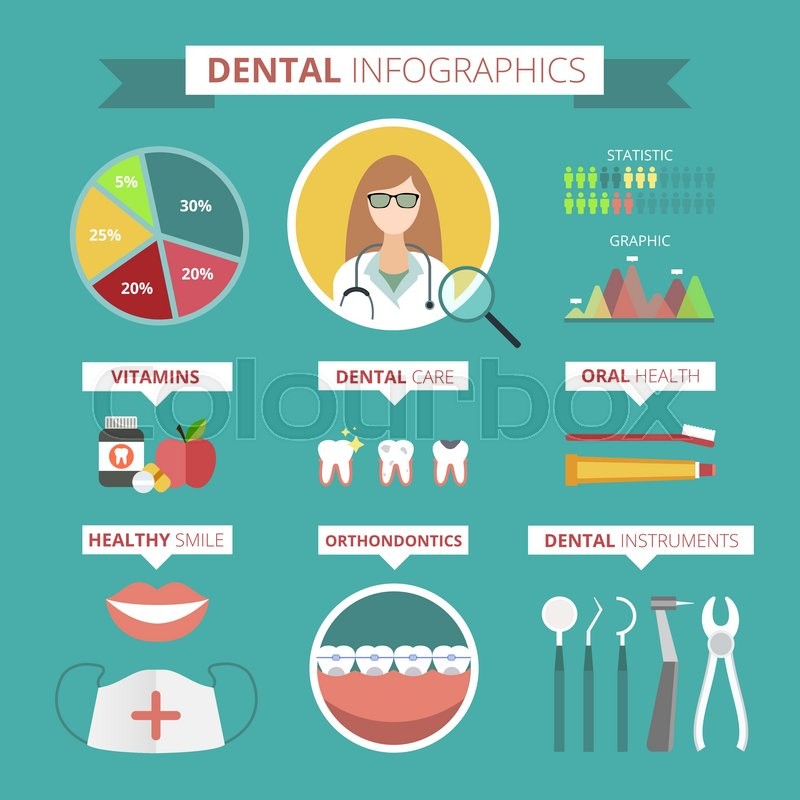The Advancement Of Dental Surgery: Emerging Advancements And Growths Transforming The Technique
The Advancement Of Dental Surgery: Emerging Advancements And Growths Transforming The Technique
Blog Article
Authored By- dental hutto tx
Invite to the world of oral surgery, where technologies and developments are forming the future of the field! In this exciting realm, you'll witness the transformative power of robotics, the cutting-edge marvel of 3D printing, and the game-changing influence of minimally intrusive techniques.
The future of dental surgery holds a pledge of accuracy, efficiency, and improved person outcomes. With the help of advanced robotics, doctors have the ability to carry out complex procedures with better accuracy and control.
3D printing innovation is transforming the development of dental implants and prosthetics, providing customized services that fit effortlessly into each person's special anatomy.
In addition, minimally invasive strategies are decreasing post-operative pain and recovery time, enabling clients to return to their day-to-days live sooner.
Prepare yourself to explore the interesting innovations and developments that are reshaping the landscape of oral surgery!
Developments in Robotics
One major innovation in dental surgery is the use of robotic modern technology, which enables accurate and reliable operations. With the help of robot systems, dental cosmetic surgeons have the capability to perform complex surgical procedures with improved precision, lessening the danger of human error.
These robotic systems are equipped with innovative imaging modern technology and exact tools that allow cosmetic surgeons to navigate via elaborate anatomical structures effortlessly. By utilizing robotic modern technology, doctors can attain higher medical precision, causing improved patient results and faster recovery times.
In addition, making use of robotics in oral surgery allows for minimally intrusive procedures, decreasing the trauma to surrounding cells and promoting faster healing.
3D Printing in Dental Surgery
To enhance the field of dental surgery, you can explore the subtopic of 3D printing in oral surgery. This cutting-edge technology has the potential to transform the way oral doctors run and treat individuals. Below are four crucial ways in which 3D printing is forming the area:
- ** Customized Surgical Guides **: 3D printing allows for the development of extremely precise and patient-specific surgical overviews, boosting the precision and effectiveness of treatments.
- ** Implant Prosthetics **: With 3D printing, oral doctors can produce customized dental implant prosthetics that flawlessly fit an individual's distinct anatomy, resulting in better end results and patient satisfaction.
- ** Bone Grafting **: 3D printing makes it possible for the manufacturing of patient-specific bone grafts, minimizing the requirement for typical grafting techniques and improving recovery and healing time.
- ** Education and Educating **: 3D printing can be made use of to produce reasonable medical designs for educational objectives, permitting dental doctors to practice intricate treatments prior to performing them on clients.
With Suggested Looking at to boost accuracy, customization, and training, 3D printing is an interesting development in the field of dental surgery.
Minimally Intrusive Techniques
To even more progress the area of dental surgery, accept the potential of minimally intrusive methods that can considerably profit both doctors and people alike.
Minimally invasive methods are reinventing the area by minimizing medical trauma, minimizing post-operative discomfort, and speeding up the healing process. These techniques entail using smaller lacerations and specialized tools to do procedures with accuracy and effectiveness.
By utilizing sophisticated imaging modern technology, such as cone beam of light calculated tomography (CBCT), doctors can precisely intend and implement surgical procedures with minimal invasiveness.
Furthermore, making use of lasers in dental surgery allows for specific cells cutting and coagulation, resulting in decreased blood loss and lowered recovery time.
With minimally intrusive techniques, patients can experience quicker recuperation, decreased scarring, and enhanced end results, making it an important facet of the future of oral surgery.
Verdict
So, as you can see, the future of dental surgery is incredibly appealing, with interesting innovations and breakthroughs shaping the field.
From the developments in robotics to using 3D printing and minimally invasive techniques, dental doctors are transforming the way they offer treatment.
While some might fret about the potential cost related to these advancements, it is very important to remember that these modern technologies eventually enhance patient end results and decrease recovery time, making them well worth the financial investment in the long run.
